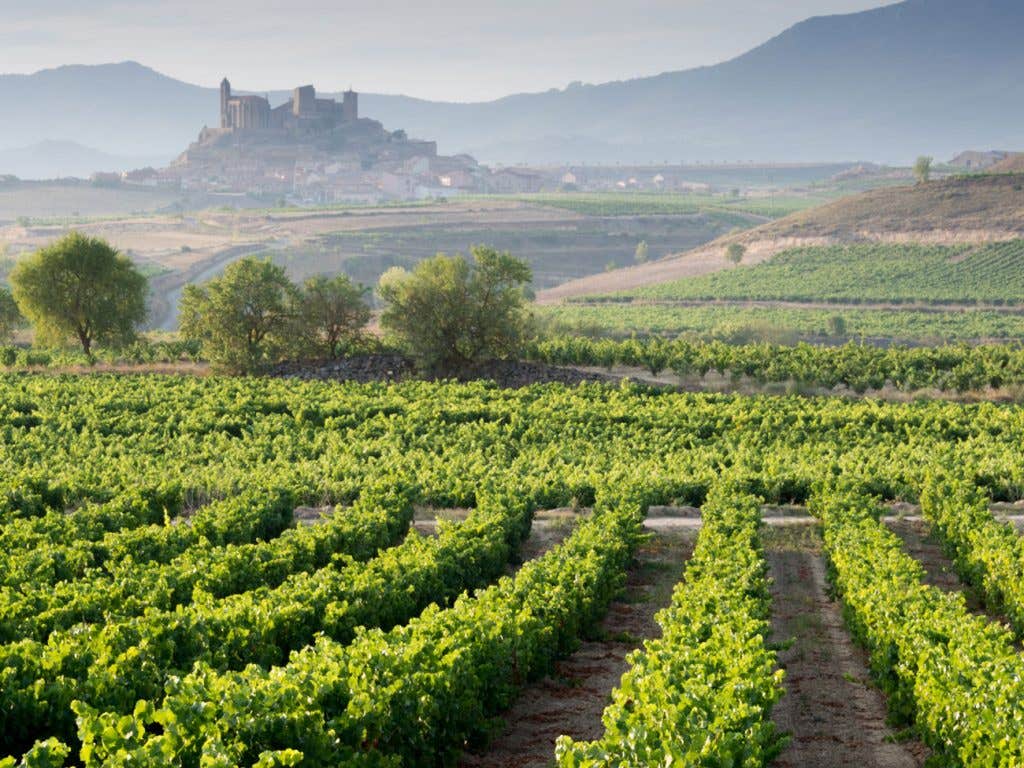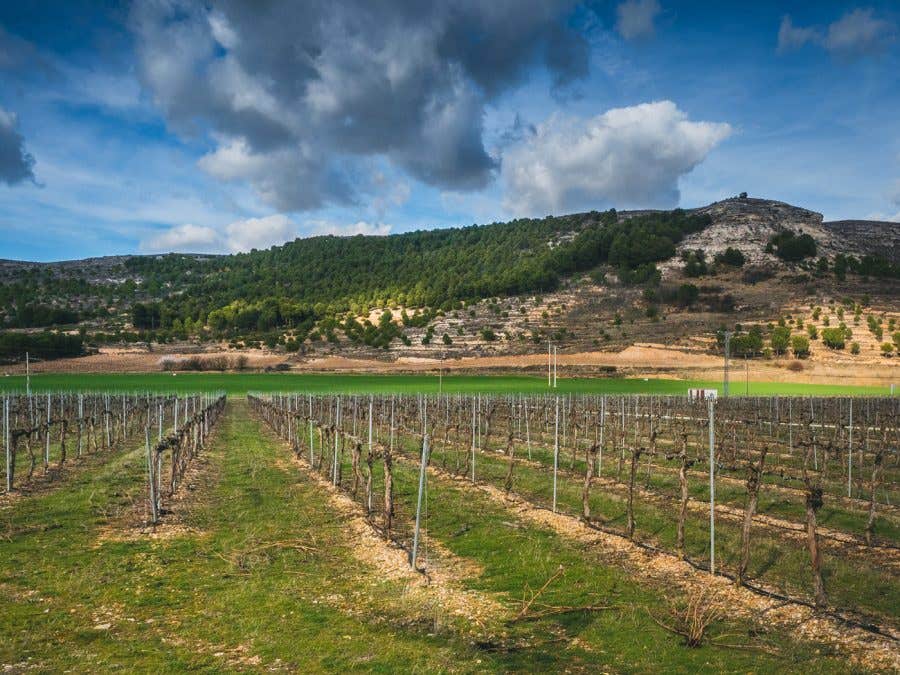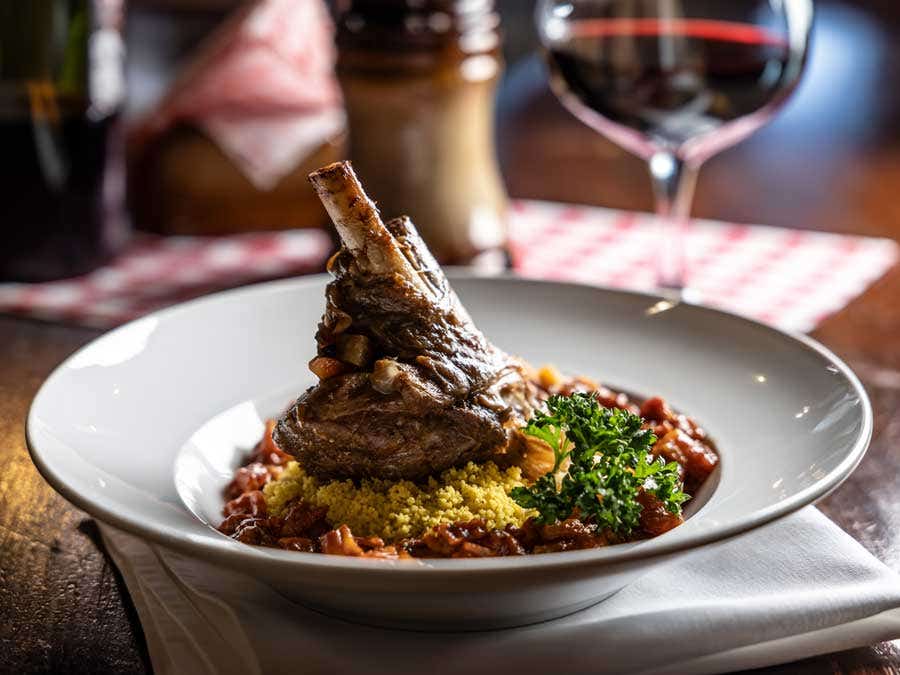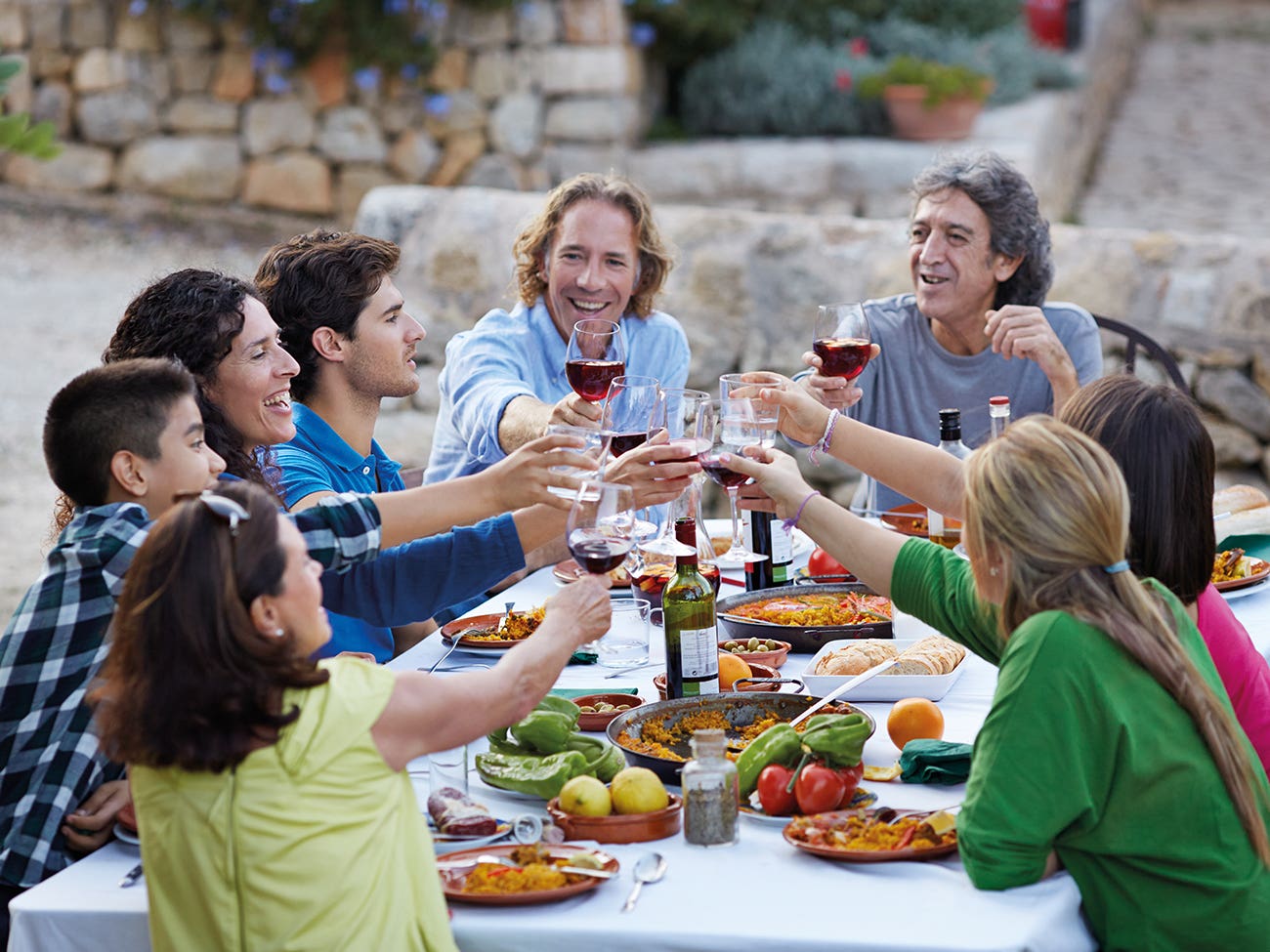A grand tradition
Historically, the best wines in regions like Rioja were generally the gran reserva (“reserve wine”), meaning those that had spent several years in oak casks before being bottled. Created in the second half of the 19th century, this style is still practiced by producers like CVNE (Viña Real), Marqués de Murrieta or López de Heredia.
For its producers, a wine may age in a cask for up to 5 or even 10 years. The slow oxidization gives the wine orange tints and aromas or notes of red berries accompanied by tobacco, caramel and balsamic, even some animal scents. So it’s the time spent in the barrel that counts for everything in terms of the style, more so than the aromas of oak as we experience them today.
The reputed Spanish journalist and wine maker Victor de la Serna explains that, traditionally, wine makers in his country sought to moderate the notes of oak: “Many cellars were full of new casks that would hold white wine for one or two years, in order to make them less aggressive, before filling them with red wine.”
It’s not that the taste of wood was totally absent in these traditional wines. The American oak used by the wine makers has fairly pronounced aromas, so that, even though they avoided new casks, a hint of them was still perceptible.
Traditional spanish wine aging
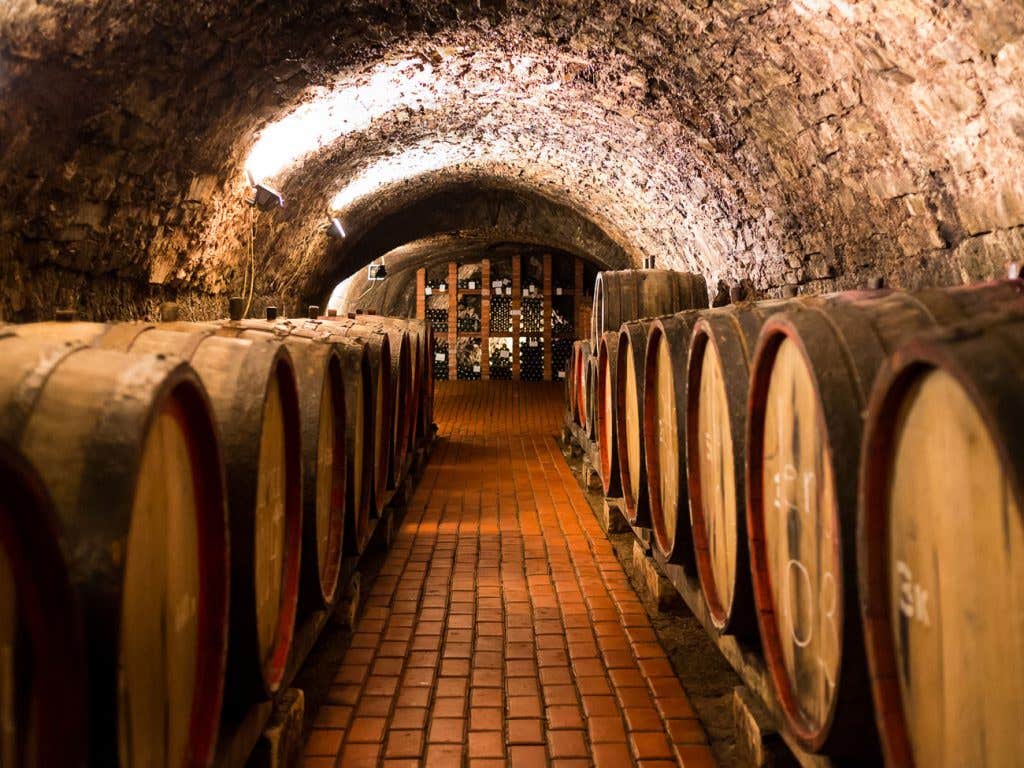

JOVEN (young): A wine aged less for two years or less, with no barrel aging required.
CRIANZA: Aged for a minimum of two years, six months of which are spent in the barrel for red wines, and eighteen months for white wines.
RESERVA: A wine selected for its high quality. Aged for a minimum of three years, one year of which is spent in the barrel for red wines and six months for white wines.
GRAN RESERVA: The selection of the best vintages. Red wines are aged for a minimum of five years, two years of which are spent in the barrel. White wines are aged for four years, two years of which are spent in the barrel.
The modern approach
The traditional style is the exact opposite approach to the modern notion of woody wines that you find practically everywhere in the contemporary world. Today, barrel aging of a red wine brings out its young and fruity character, as well as the oak’s vanilla and spice aromas, rather than the oxidative notes that come from its aging. Starting in the 1980s, the modern approach was brought to the fore in Spain under the influence of leaders like Alejandro Fernandez (Grupo Pesquera), to the delight of international critics, who increasingly supported the use of younger wood and redder, more concentrated, fruity wines. French barrels, seen as being finer, were taking the place of American ones. This Francophile shift came first of all from producers in new regions who were looking to distinguish themselves within the tradition (think of the innovator Juan Gil, of the Jumilla region), but the Rioja region would soon join in, with several of its producers wanting to refresh their image.
It’s in this spirit that Barahond—a domaine in the region of Yecla—started producing wines about fifteen years ago. The Candela family, in creating this domain, began to age wine in 500-litre French casks, which respected the fruitiness of the grape, according to one of the owners, Alfonso Candela. Though they’ve run up against the very strict regulations linked to aging, these wines are still excluded from traditional classifications: “My wine cannot be called a Crianza or Reserva, because it doesn’t age in 225-litre barrels. It’s stupid, and it’s too rigid.” Camino Pardo, co-owner of Bodegas Frontaura, in the emerging region of Toro explains that a certain lack of tradition gives her carte blanche: “The Toro region was very poor until the Spanish Civil War, in the 1930s. There was very little money to buy barrels. Wines were sold in bulk and sent to Rioja or even Bordeaux, to fortify wines there.” For wines like the excellent Aponte, she and her husband chose a French barrel, leaving it for a long aging period both in the barrel and in bottles in order to add supplements to the wine, driven by the intensity of old vines of tinta de toro, which are called tempranillo.
The character of the land
This modern trend, with new wood brought to the fore, has definitely made its mark on Spanish wines. The anticipated international success was felt in many of the regions, particularly Ribera del Duero, which has enjoyed quite the reputation. However, certain producers are starting to bring this practice into question. Alfonso Candela admits to having switched from 100% new wood to 30% today, in order to let the Monastrell and the qualities of the land more freely shine through. It’s following this same idea that several young producers favour the younger styles (joven), that haven’t aged in new barrels. Several, like Victor de la Serna, rave that “oak soups” are becoming more rare, and are happy to see that regional particularities are being brought out, instead of adhering to the international trend. “Basically, it’s like Bordeaux and Bourgogne,” concludes de la Serna. “The methods of winemaking and aging are diverse, and several trends [classic, modern and “terroir”] can go together.” A victory for diversity, at the end of the day.
Related Post
-
Read more
Spanish reds have personality, in particular thanks to well-developed grape varieties
-
Read more
Some wines are just designed for more specific foods. And when fall really rolls out, chances are you’ll be tempted to grab a more robust red, and braise a hearty, meaty dish. Sound good? Then let us suggest luscious red wines and some lamb recipes to get a leg up on that Thanksgiving menu.
-
Read more
Spanish wine is where it’s at and the proof is in the pudding - they’ve got the most vineyard surface area on the planet. We talked with José Peñín, author of Spain’s foremost wine guide, which covers a country with far-reaching traditions and awe-inspiring creativity.
 Access to SAQ Inspire personalized services and store inventories are unavailable at the moment.
Access to SAQ Inspire personalized services and store inventories are unavailable at the moment. Free in-store delivery with purchases of $75+ in an estimated 3 to 5 business days.
Free in-store delivery with purchases of $75+ in an estimated 3 to 5 business days. 
